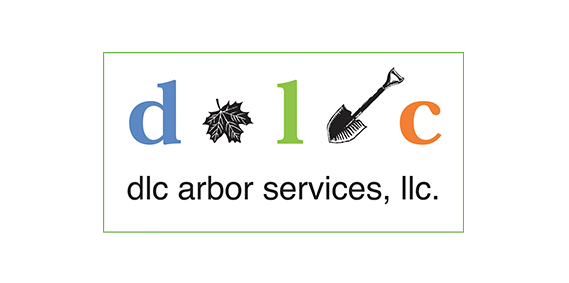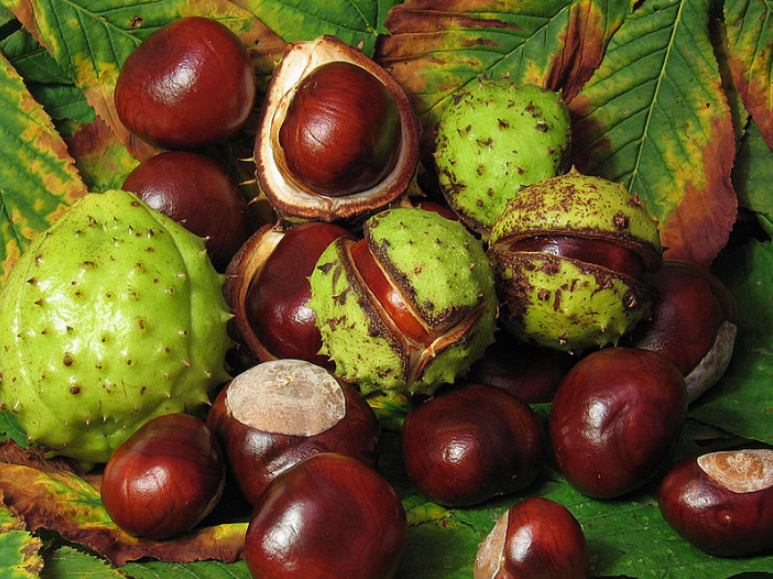Kids let their parents know that there are Horse Chestnut trees in their neighborhood in two ways. Stepping on a spiny horse chestnut seedpod barefoot is a right-of-passage for kids growing up in Denver. After the tears dry up, some wonder what is inside those thorny seedpods and bring home colorful shiny brown chestnut seeds.
The Horse Chestnut is originally from Greece and the Balkans. The tree is known as the horse chestnut because farmers used the tree seeds to treat horse ailments. Today, medicines are extracted from the seed to treat venous disease. The flowers of the horse chestnut are beautiful so they are commonly found in parks across Europe and England. The English and Irish play a game called conkers using horse chestnut seeds. Martha Washington’s father introduced the horse chestnut to America in the 1730s. The Horse Chestnut should not be confused with the Ohio Buckeye nor is it edible.
A distant cousin to the horse chestnut is the American Chestnut. This tree was native to the eastern United States. They were abundant and grew fast. Unfortunately, these trees were killed off by Chestnut Blight at the beginning of the last century. The blight that devastated this tree species was brought to America accidentally by the importation of the Chinese Chestnut. The Chinese chestnut was immune to the bark blight while the American chestnut was highly susceptible. Within a few decades, over 3 billion chestnut trees died.
The American Chestnut was enormous. They grew over 90 feet tall with trunks up to nine feet wide. In old pictures of American life in the late 1890s and early 1900s, it is not unusual to see a huge chestnut tree dwarfing the homes, horse carriages, Model Ts and people milling around the tree. American Chestnuts were the ones “roasted on an open fire” in the Christmas Song made famous by Nat King Cole and were part of the American city life for several centuries. The American Chestnut wood was easy to work with and reclaimed wood is still highly sought after by furniture makers. Let’s hope in some remote corner of the Appalachian wilderness, a fungus-resistant American Chestnut is waiting to be rediscovered and reintroduced to the American urban forest.
Denver homeowners who want a splendid tree in their yard should consider the Horse Chestnut. These deciduous trees grow between 40 to 70 feet tall and can tolerate some shade. In the spring, these large trees are covered with long white conical shaped flowers called panicles. The leaves turn red-gold in the fall. The horse chestnuts are disease and tree insect resistant. These trees will bring charm to any tree landscape in Denver.
To keep your horse chestnut happy, the tree needs periodic pruning to open up the canopy and keep the street resistant to Denver’s early Fall and late Spring snowstorms.
Need your Norway Maple pruned? Please fill out this request service form or call us at 303-378-8000.


Recent Comments